Boston's Old Burying Grounds
Macabre headstones carved with winged skulls, dancing skeletons, and pithy reminders of impending death.
“Stay! thou this tomb that passeth by, And think how soon that thou may’st die…”
The morbid imagery on the headstones in Boston’s oldest cemeteries—such as skulls and crossed bones, winged death’s heads, and hourglasses—were designed to remind those left behind of the fleeting nature of life.
Boston’s early Puritan settlers first arrived in the early 1600s, fleeing the increasing religious conflicts in England after the coronation of the pro-Catholic king Charles I (who was later beheaded in the English Civil War), as well as what they viewed as a corrupt and wealth-intoxicated Catholic-influenced Anglican Church. Approximately 700 Puritans settled around the area that is now the Boston Common in 1630, trading perceived freedom for unbelievably harsh living conditions, and they died in droves in the early years.
The primary ethos of their community was piety, hard work, education, and a morally upright, ascetic lifestyle, with harsh punishments for trespassers. Their religious views included bans on anything considered extravagant or “popish,” including “graven images” and religious symbols. They also had strict views on who might qualify to enter to heaven, with most people doomed to merely rot. What followed were some creative solutions in tombstone design.
Carved in slate, greenstone, and occasionally marble, the most common motif in the early headstones is the winged death-head, fluttering above a simple inscription: either a name alone, with birth and death dates, or the simple phrase, “Here lies the body of… “
Later, more festive arrangements of skeletons and Father Time, winged hourglasses, and winged cherub heads appeared. There is a lot of variation in the design details, as if each carver put his own spin on the theme. Some of the more elaborate stones have intricate carvings and rhyming poetry—usually about the inevitability of death—designed to scare visitors into piety.
Founded in 1630, the King’s Chapel Burying Grounds is the oldest cemetery in Boston, and was for 30 years the only one. The most famous headstone belongs to Joseph Tapping and is close to the Tremont Street entrance; it shows Father Time giving chase to a cavorting skeleton. King’s Chapel also features the 18th-century headstone of Elizabeth Paine, emblazoned with a large letter “A,” said to have been the inspiration for Nathanial Hawthorne’s The Scarlet Letter.
Originally part of the nearby Boston Common, the larger Granary Burying Grounds date from 1660 and was the third cemetery in the city. It is home to the final resting places of Revolutionary heroes including Paul Revere, Samuel Adams, and John Hancock, as well as the family of Benjamin Franklin. Although there are only about 2000 headstones, historians estimate that as many as 5000 people were interred here before they stopped adding new bodies in 1880. The infant tomb alone may contain as many as 200 bodies.
While memento-mori artwork is not unique to Boston or New England, there is an unusual concentration to be found here, and the carvings have weathered the years reasonably intact.
Over time, however, headstones have been removed and reorganized to create walking paths. And in early 2009, a visiting tourist fell into a previously unknown crypt in the Granary Burying Grounds. Due to the shuffling of headstones, it may take some time to determine exactly who is buried there.
Know Before You Go
The two burying grounds listed are about a block apart from each other in the center of town, along the well-marked Freedom Trail historic walking route through central Boston. Closest MBTA: Government Center Station.
Community Contributors
Added by
Edited by
The Atlas Obscura Podcast is Back!


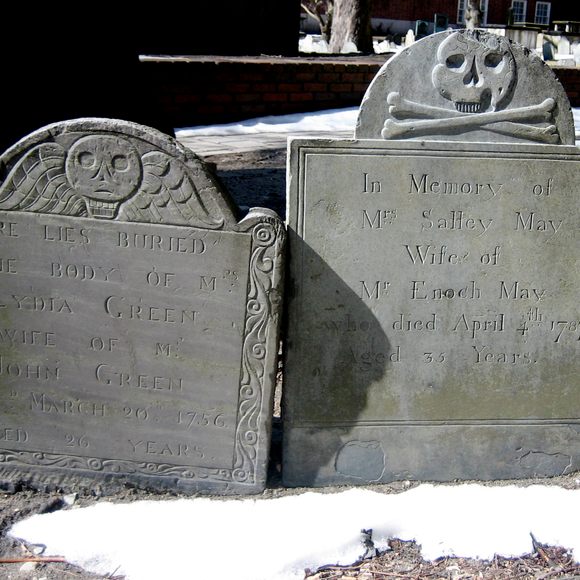




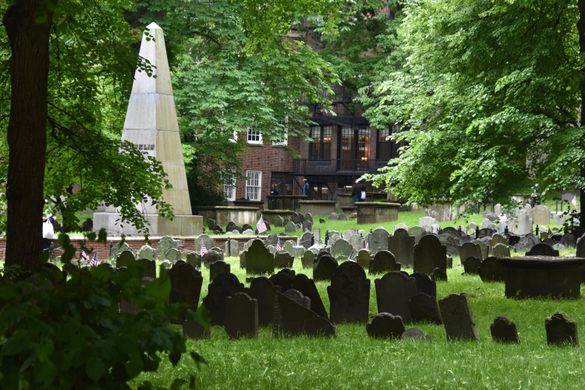
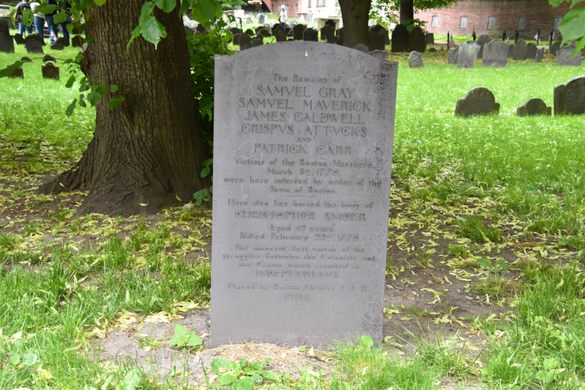
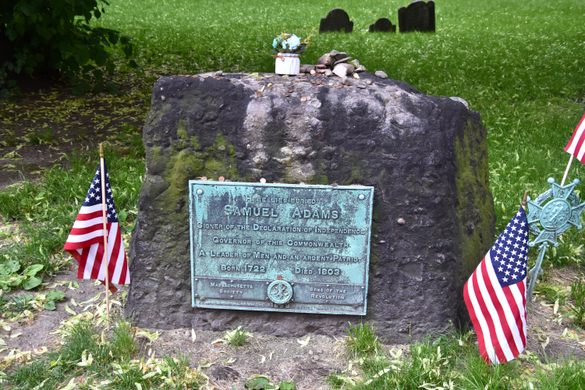

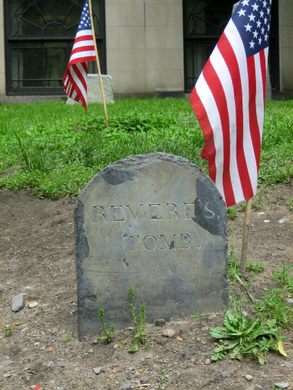
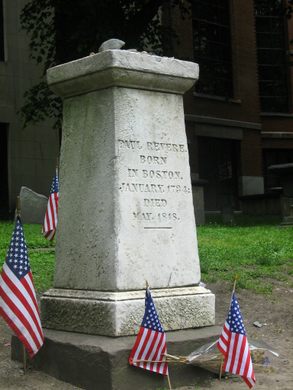

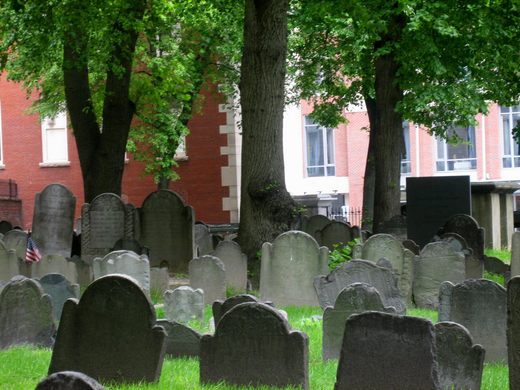

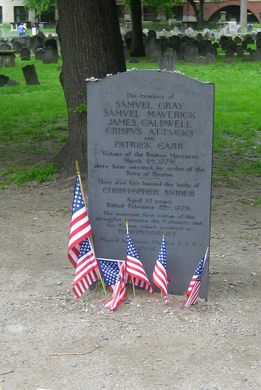



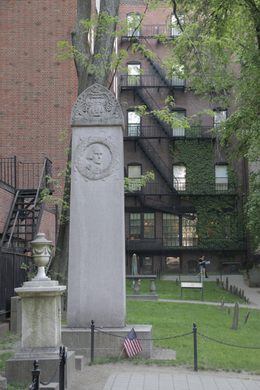
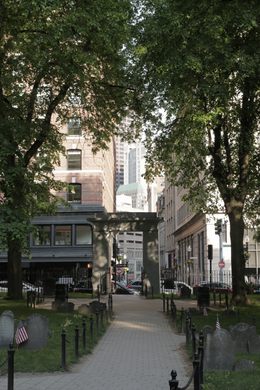
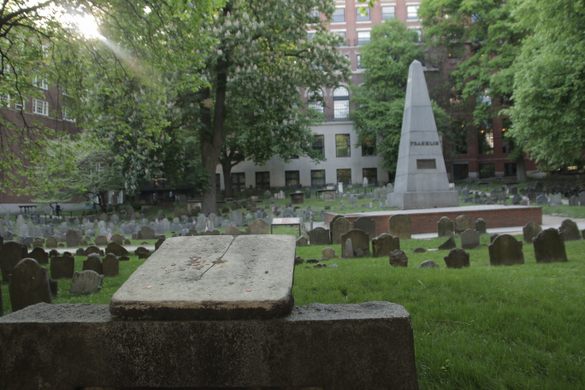

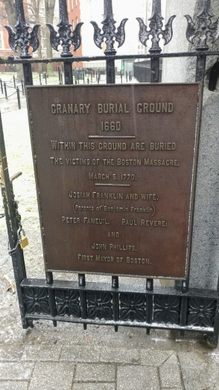
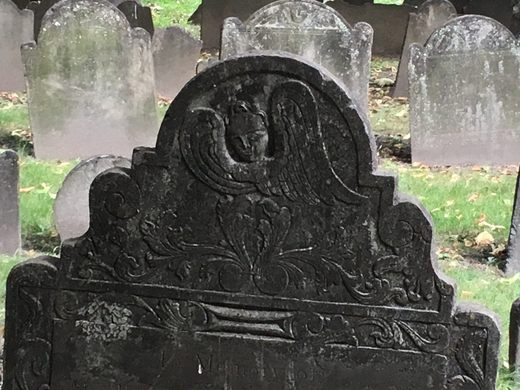
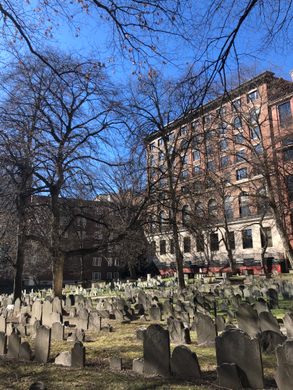
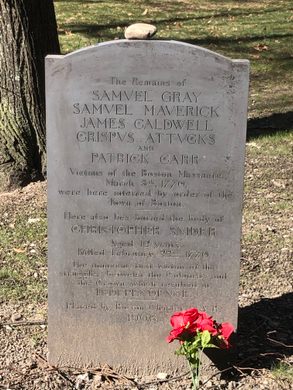
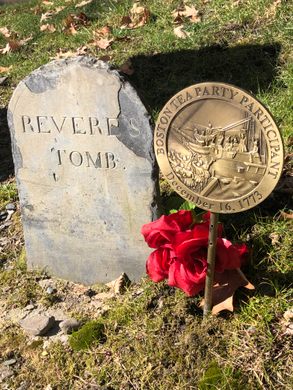
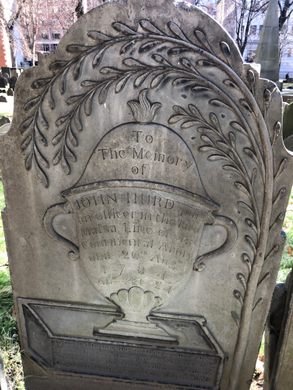
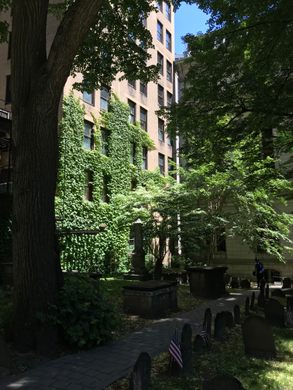
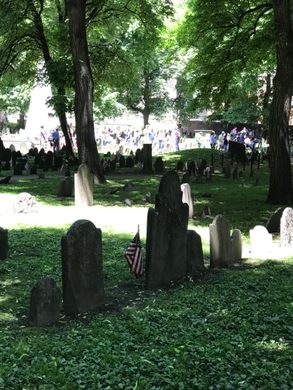























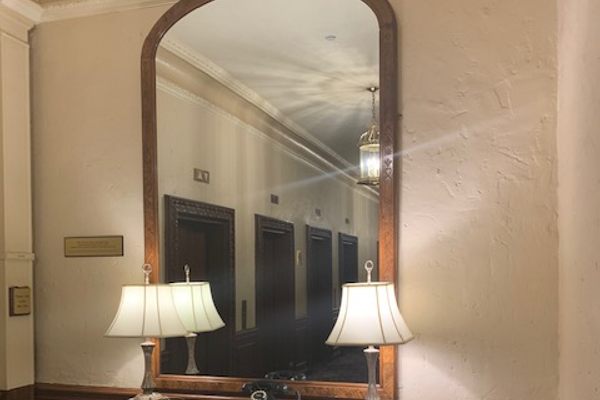
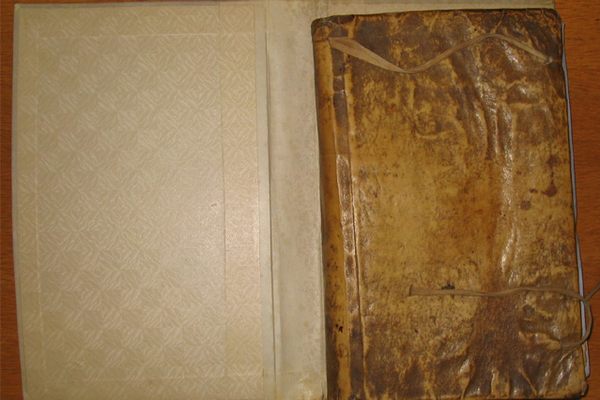





Follow us on Twitter to get the latest on the world's hidden wonders.
Like us on Facebook to get the latest on the world's hidden wonders.
Follow us on Twitter Like us on Facebook